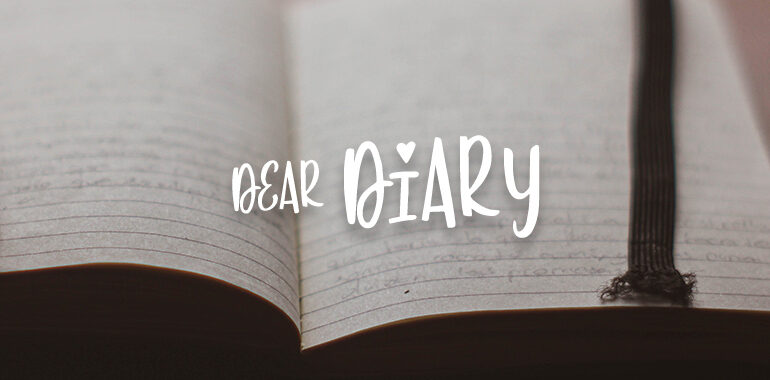POLYGON
Dear Diary,
It’s an exciting Saturday!
That’s because I just sent two success story concepts/drafts over to the client for project POLYGON. There’s always a nice sense of achievement when I send over a draft, because it’s like a minor milestone has been hit in the marathon that is a project.
Plus, there are a couple of other fun factors at play:
- These two drafts mark the first deliverables to this project champion (there’s another project (INFRARED) underway with a different part of the organization)
- These two drafts present different possibilities
As a bit of added context: my client is in an industry where their success story interests align well with their own clients’—that is, both parties stand to gain from telling the success story. So, with each, I’m hopeful we’ll be able to really showcase both parties’ innovation and the value they brought to the overall projects.
Anyone who’s tried to write up success stories and case studies will realize that this alignment is rare, which is why so many such assets are anonymous and/or lacking in detail—and which is also why I’m particularly excited.
OK, back to the specifics…
Success Story #1
The first success story is somewhat traditional: the first page includes an infoblock that summarizes the project’s facts and figures, and body text that provides background context and introduces the requirements and challenges. Then the next two pages track how the project was executed and show how each party (my client and my client’s client) used an innovative approach to bring new value to my client’s client’s client.
Wow, we’re getting to an Inception-level of nesting!
The biggest questions for that one are whether a flow chart I made is an accurate representation, if we can use an image I grabbed while the client’s client was showing me their solution, and if the way I’ve told the story is correct. I also directly quote the client’s client, but we can easily make that text part of the regular body if needed.
Success Story #2
This one takes a different approach. Like the other, the first page includes an infoblock that summarizes things, and body text that serves as a nice lead in, but then things get super awesome—we use the next few pages for a Q&A-style interview with the client’s client’s engineering lead.
We chatted a couple of weeks back so I could learn more about this project, and basically that chat was a half hour of me peppering him with questions. It was a great conversation and I learned a tonne about this new (to me) industry and the client’s client’s specific field.
I think a Q&A-style approach is a really fun and accessible way to showcase the innovation shown by both parties and to explain why their new and innovative approach has the real potential to introduce new efficiencies into this field—or even to revolutionize the field.
Now, I tried this approach with a success story for another client a few months back, but unfortunately it was kiboshed by that client’s client, who wished to remain anonymous.
But I’m really hopeful things will work out this time—I think it could be a terrific success story that my client and their client could both put to effective use.
First-cycle feedback
It’s handy that I’m writing two success stories at once, because it allows me to show two different types/possibilities.
So yeah, I sent both off to the client for review—here’s what I’m looking for in this first round of feedback (in fact, I’ll just paste from my email):
—
For each, what I’m looking for in this review cycle are answers to:
- What’s missing, that we should include?
- What’s in there but probably isn’t needed, that we can eliminate?
- Will it do what you need it to do, as a sales and marketing asset?
- If not, then is it a step in the right direction?
- What is incorrect/inaccurate?
- Is the story told in a manner that makes sense?
I always treat first drafts/concepts as a starting point…from here, we can change as much or as little as is required to get you what you need.
—
And now I’m playing Hungry Hungry Hippos (I hope that makes sense to at least some of you).
INFRARED update
Oh, and how’s INFRARED going? I’m happy to report that the client was really happy with the first draft. We spoke earlier in the week about how to take it to completion. Part of that was me digging into how, exactly, the client wants to use this asset: what does it need to achieve? how does it relate to other assets or initiatives? and so on.
I’ve now got a complete idea of what’s required, so we’re in really good shape.
And that’s it for this update—see ya soon, Diary McDiaryface!
/L

